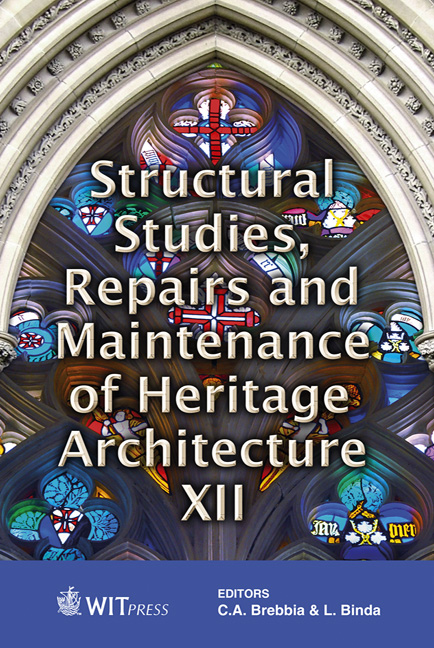Ineffable Space: Le Corbusier’s Colour Schemes For The Monastery Sainte Marie De La Tourette
Price
Free (open access)
Transaction
Volume
118
Pages
14
Page Range
115 - 128
Published
2011
Size
1209 kb
Paper DOI
10.2495/STR110101
Copyright
WIT Press
Author(s)
B. Klinkhammer
Abstract
This paper investigates the colour – and form – gestalt of the Monastery Sainte Marie de la Tourette (1957), linking Le Corbusier’s (Charles-Edouard Jeanneret) polychromie architecturale to his concepts of visual acoustics and ineffable space; both essential aspects of his post-war architecture. The richness of the painted surfaces and the glowing colour, created through reflections of natural light onto its boldly painted walls and sculpted objects (such as demonstrated in the sacristy and the crypt of the church), stand in stark contrast to the crude, \“bare” concrete that creates a sense of pureness, akin to his early whitewash ideas seen in his Law of Ripolin. This use of industrial, raw products, such as concrete and cement, paired with a sublime but controlled play of colour and natural light, too, mediates between the profane and the sacred to create a space of poetic lyricism and spiritual asceticism. Keywords: Le Corbusier, polychromy, polychromie architecturale, colour, modern architecture, Monastery Sainte Marie de la Tourette, sacred architecture, post-war architecture, architecture history and theory.
Keywords
Le Corbusier, polychromy, polychromie architecturale, colour,modern architecture, Monastery Sainte Marie de la Tourette, sacredarchitecture, post-war architecture, architecture history and theory




